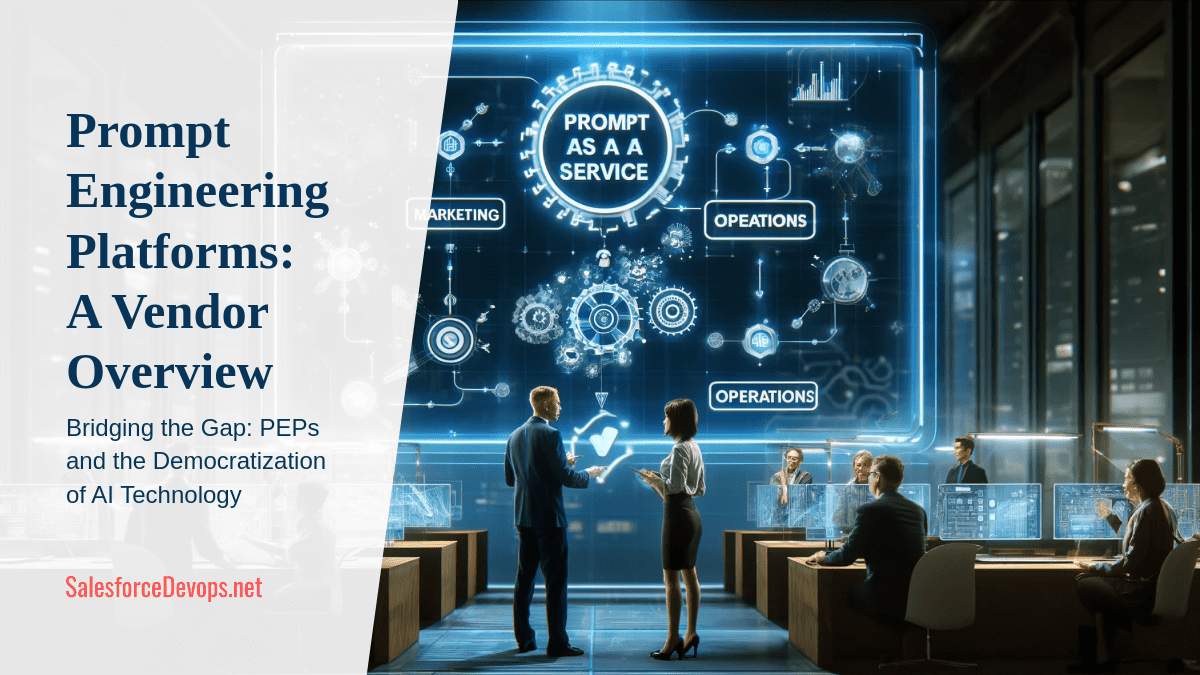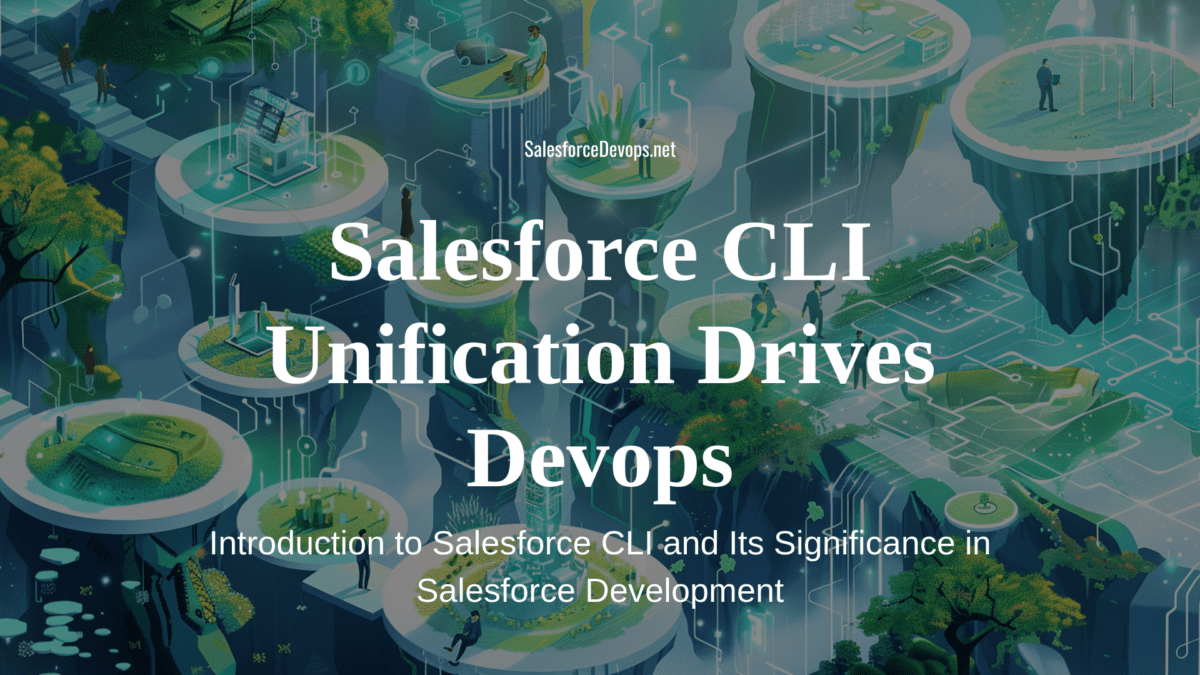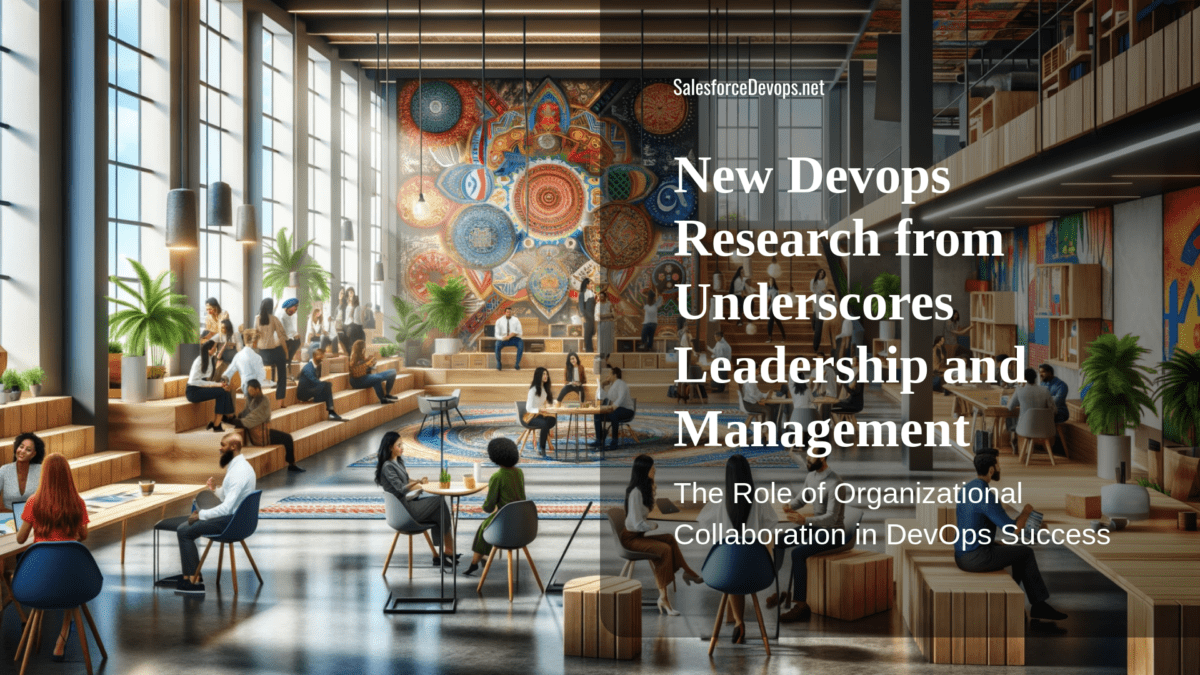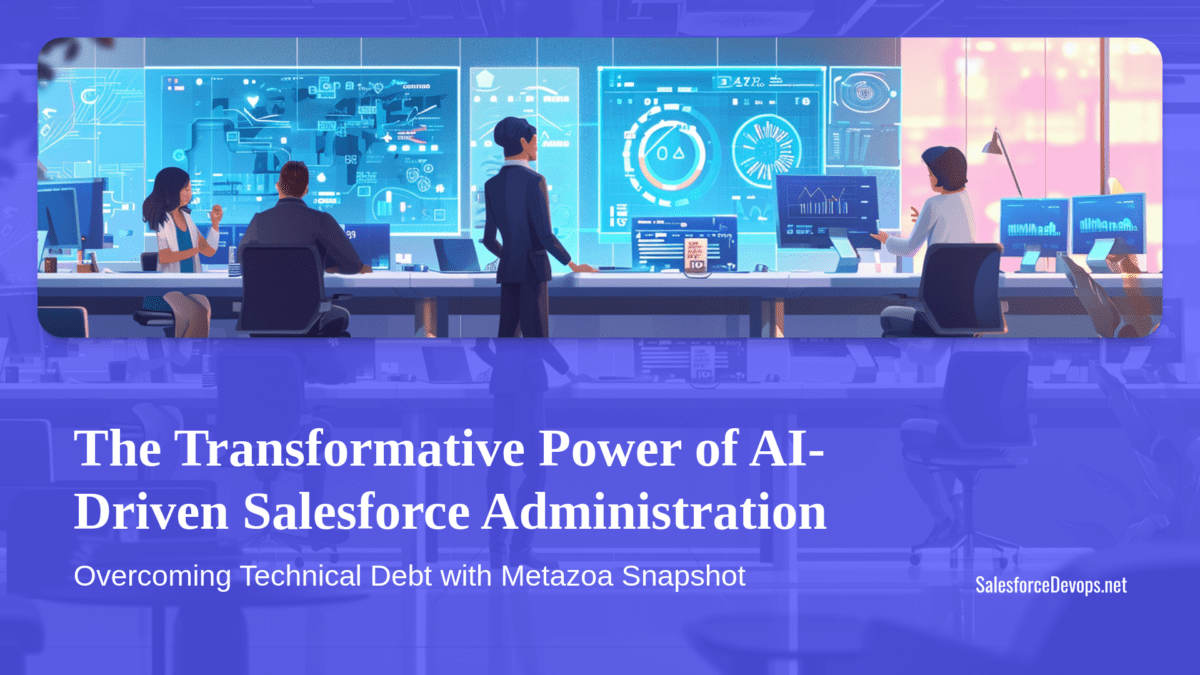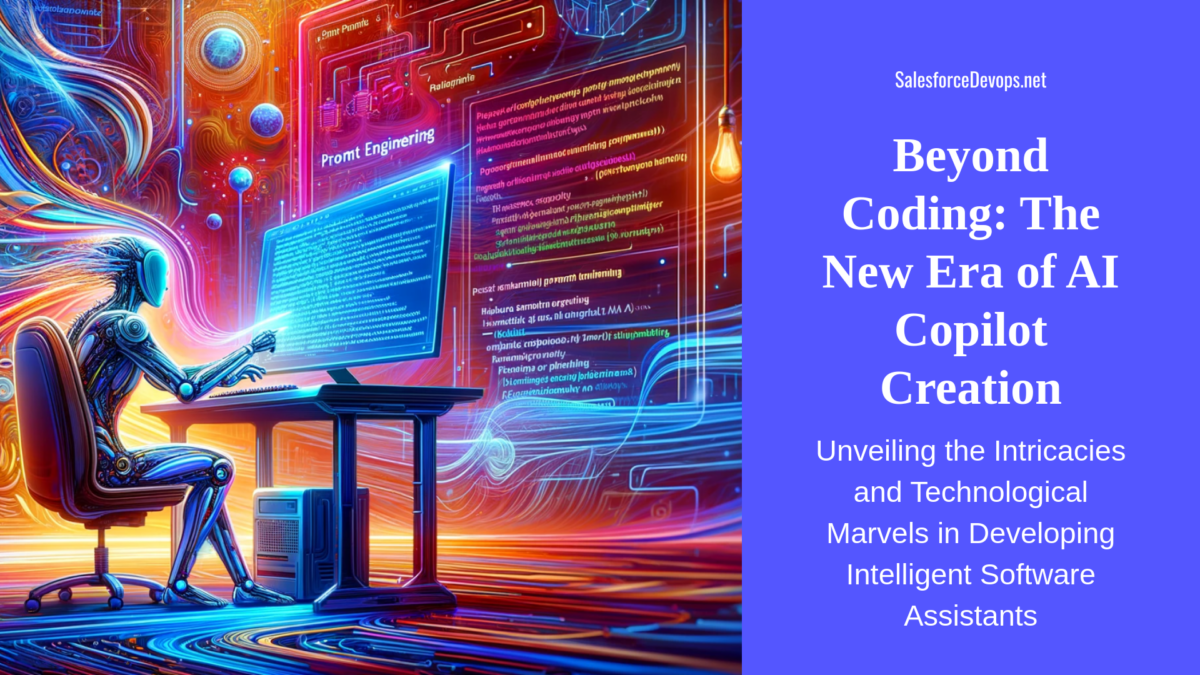Salesforce Devops What is Next? – Dreamforce 2021
Check out the Salesforce Devops Dreamforce 2021 video I produced for Elements.Cloud, Provar, and Gearset. Scroll down for the script or just turn on the closed captions for language translations on YouTube.
I was part of over a dozen presenters who were asked to distill our presentations to 10 minutes. Be sure to visit and subscribe to the Elements.Cloud YouTube Channel so you can see all little nuggets of wisdom from Ian Gotts and the rest of the presenters.
Slide 1
Welcome everyone to Dreamforce 21 Inspiring Excellence sessions. I’m Vernon Keenan from SalesforceDevops.net in Oakland, California. Let’s commit!
Slide 2
I’ve spent 2021 curating and cataloging the companies, products and services that help Salesforce customers deliver enterprise applications. Here is what I learned.
Slide 3
Let’s get our arms around DEVOPS. It seems to be the latest Salesforce buzzword. And it has turned into a powerful word indeed.
If you are “doing devops” today that indicates you are managing how to build the means of production for your organization. If you want to exist as an enterprise in the digital domain, then you need devops to have the automation capabilities that delivers enterprise app updates and continuously improves app value.
The origin of the devops concept started in 2007 when its main push was to find ways to obliterate barriers between app developers and system operators. Developers became frustrated with the time it took to iterate on software builds when dealing with operations teams.
This diagram from Azure DevOps website portrays it beautifully. It shows how better communication results in the collaboration and teamwork necessary to manage, develop, deliver and operate a live application. It shows the main benefit of using devops, which is to have a mechanism that allows teams to respond quickly to user behavior.
Another key to the success of DevOps is the idea of metrics and observability, and how that dovetails with agile management philosophies, such as tying metrics into objectives and key results. In fact, I’d say that Devops and Agile have been kissing behind the barn, and a new unified app production perspective is evolving which I call Devops 3.0.
Slide 4
One reason why devops has gained prominence is because it represents the convergence of three huge business forces. First, Salesforce is now a business transformation platform, and not just a CRM. Since the platform is strategic for many more businesses, executives need a governance harness and better visibility into app production activities.
Next, an all-pervasive force in modern information technology is the incredibly rich and diverse world of cloud native computing. When engineers at Uber, Salesforce, Netflix, or a new startup need tools to build an online service from scratch, they are using cloud native computing tools and services.
Until 2017, Salesforce was largely a closed platform to the cloud native world. Then SFDX-CLI was introduced and that really made Salesforce devops take off. It allowed LINUX scripts and cloud native tools to now interact with configuration information in Salesforce. That subsequently lets cloud native automation tools like Jenkins and Azure Devops act as a command server in a release management pipeline orchestration scheme.
Slide 5
I made this relationship classification system to help figure out if all the boxes are checked when you are building an continuous app delivery system. This diagram gives you an idea of the complexity involved in a Salesforce devops solution. So, the good news is that we have good roadmaps for how to build a devops solution, but the bad news is that there are a lot of things to do and a lot of systems that need to be tied together.
That’s where a key software vendor like GEARSET comes into play. Salesforce devops platform vendors are all working to check these boxes off for you, so they are worth a look if you are getting started.
Slide 6
Now, let’s take that mess of products and reorganize them into this stack. This summary shows how Salesforce devops is first controlled by the governance functions, which collects metrics and data from the app production teams. Next, these teams of architects, developers, admins, business analysts, and constituents use a consistent set of automation and deployment tools to continuously optimize apps.
One key thing that makes this different for Salesforce app is the curious way in which we must manage metadata. A key function in Salesforce devops is that metadata must be ingested, analyzed, queried, and dynamically updated. When updating a live org, this is the only way for an app production team to work together. There must be intelligent metadata management in any Salesforce devops platform in order to optimize your release management processes.
Slide 7
Now we are expanding the pyramid to show some of the functional layers in a full-fledged Salesforce devops solution, pretty much like what you get with Gearset. Here we can see some of the more familiar names and details that go into creating a full devops solution.
I call it an Industry map because if you go to SalesforceDevops.net and go to the Map section you can basically click into any of these categories and see the companies that I’ve curated.
Slide 8
Now, let’s explode this out some more. Ben McCarthy of SalesforceBen and I worked together to design this Period Table of Devops Solutions, which will be published on September 27 on his site, so you are getting a world premiere preview of this new infographic.
You can see at the categories I laid out in the ontology and map illustrations. If a company has a product in a category, it gets a badge. You can see the “G” symbol for Gearset showing up in multiple categories since they are a leading devops platform.
So, be sure to watch out for that article which will come out the week after Dreamforce and go to SalesforceDevops.net right to find these products and companies.
Slide 9
So, what is next for Salesforce devops? Well, there are some blank spaces in the Salesforce devops solution space. First, we need better observability and metrics that go beyond application performance monitoring basics of security dashboards. We need user activity dashboards, performance monitoring, and better incident response management.
Next, customers need to put on their cybersecurity big boy pants and start moving 2nd Generation testing and application security into their devops pipelines. As we all know, studies have shown that fixing an outage versus fixing a bug in development is 100 to 1000 times more efficient.
We don’t have time to delve heavily into this diagram, but I wanted to show how ultimately Salesforce sits alongside other application service providers like SAP or Oracle ERP.
As systems become more intertwined, a need for a holistic view I call APP DEVOPS is emerging. This seems like a natural evolution as the need for multi-cloud orchestration increases. Some Salesforce-compatible orchestration and command servers already offer limited multi-cloud capabilities.
Slide 10
As we get more into 2022, I think that management topics will continue to influence the devops conversation. I included a graphic from another recent article on SalesforceDevops.net where I show how agile and devops are converging into what we need to really think about, which is application value delivery.
And, I’m telling IT to stop telling their management they need to adopt a devop culture. Instead, start telling management we need devops so management has the tools to figure out what is actually happening with digital projects.
What seems to be happening is that IT projects should be managed more like how you manage your whole company, since just about every business of every kind needs to perform in the digital domain.
Devops shouldn’t be seen as this mysterious cultural shift. Instead, devops should be seen as the way to make an agile, measurements-based management philosophy work for an enterprise. This should start the path to using the same tools to manage day-to-day business activities as for app production.
Slide 11
I wanted to leave you with some articles on SalesforceDevops.net you might want to reference. You can download the PDF of this presentation and get the links to these articles using the QR code.
Slide 12
In summary, I see a lot going on in Salesforce devops, and the Top 5 platforms are servicing a lot of big, complicated clients.
But there also seems to be a lot of room for growth in the fat middle of the market. I hope the cloud native world continues to be interested in including Salesforce in their offerings, because that should help to broaden the appeal of Salesforce devops.
I don’t see making decisions about how to move forward with devops solutions getting easier anytime soon. As you get a sense from the Periodic Table of Devops Solutions, if you choose to build a new solution from ground up with cloud native tooling, then you can do that if you have the skills, and it fits your needs. A homebrew devops solution can be a whole lot faster and more targeted than getting involved in a vendor solution.
But, if you don’t have cloud native expertise, then the Salesforce-specific devops products from Gearset, Elements.Cloud, and Provar are likely better choices.
I’d like to thank the sponsors for producing these quick hits for Dreamforce 21. See you next time!

